The Flemish region of Belgium lies to the north of the country nestled between the Netherlands and France. Most visitors head to Bruges or Ghent but Leuven is equally beautiful and less crowded than its more famous neighbours. The city is home to one of Europe’s oldest universities (KU Leuven) with many of its historic college buildings to be found around the city centre.
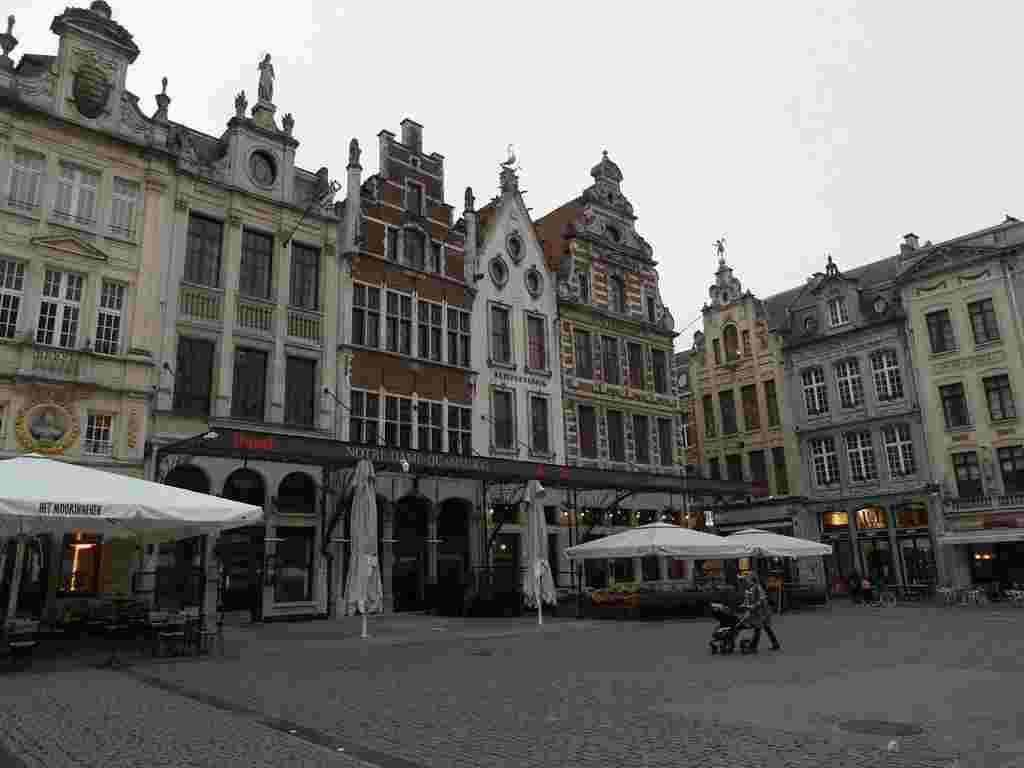
Getting there:
We travelled on the Eurostar service from London St. Pancras to Brussels taking just two hours, arriving into Leuven at 14.50.
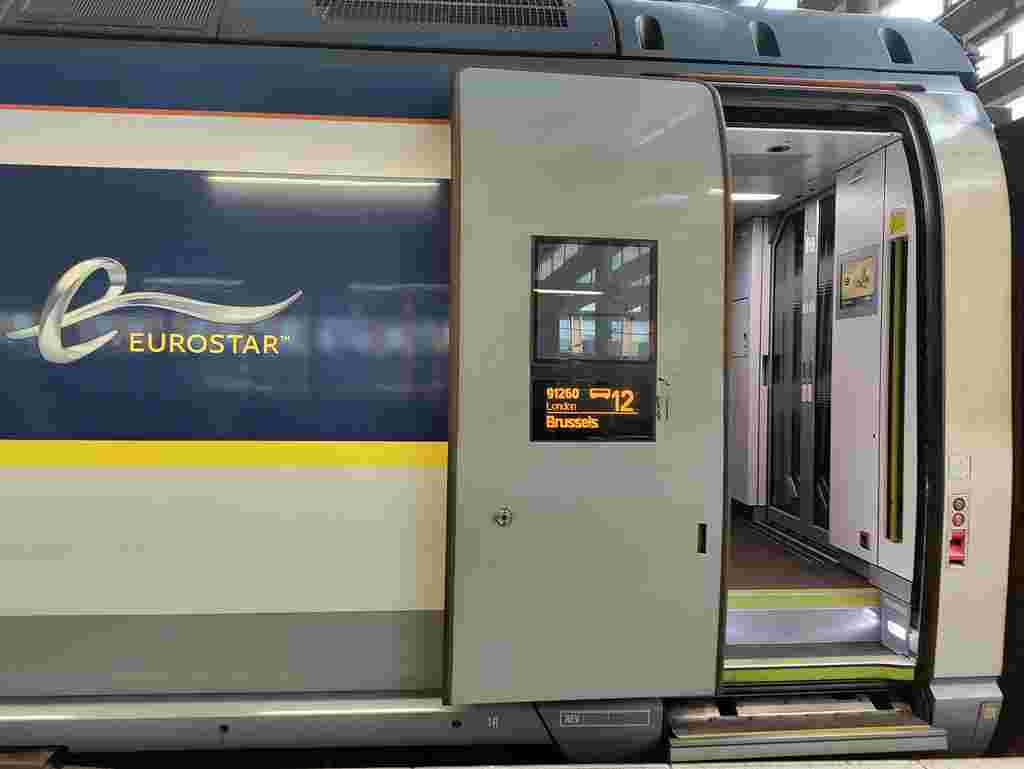
Tickets can be purchased to include onward destinations and we enjoyed a quick connection on to Leuven taking only 28 minutes.
Accommodation:
Lying close to the station yet very tranquil is the Park Inn by Radisson Leuven. This modern hotel is in an ideal location for exploring the city on foot, being only 15 minutes walk from the city centre.
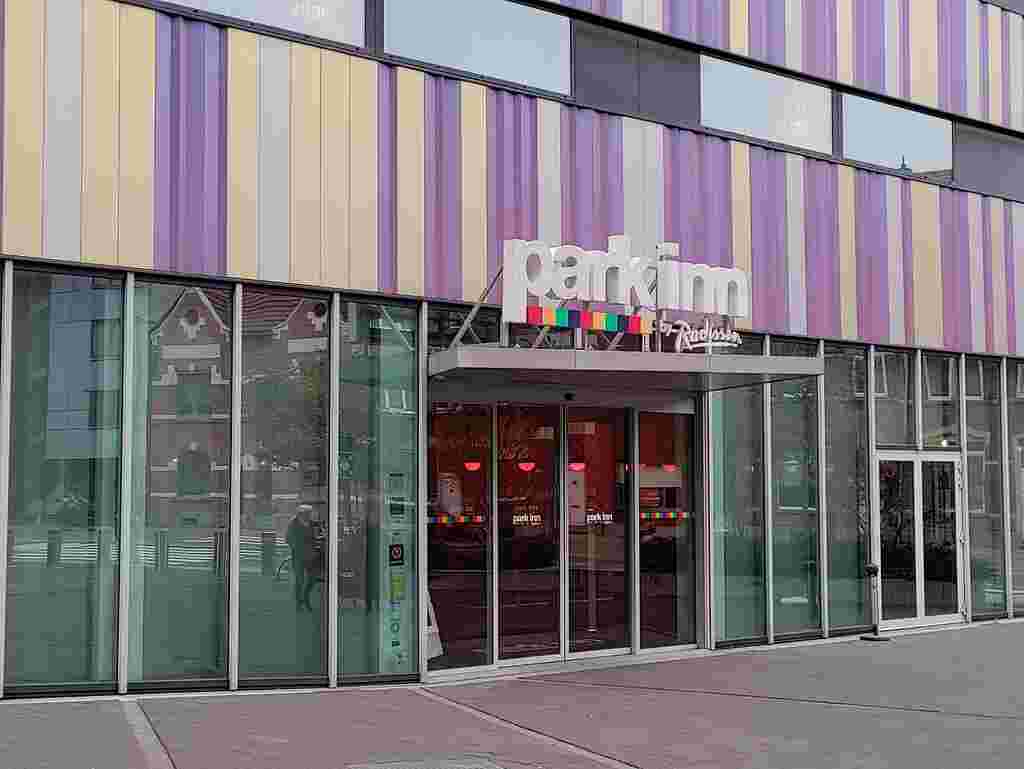
Day 1:
We started with a visit to the beautiful Grote Markt (main square) which is dominated by the Town Hall. The square has been restored to its former 15th century appearance and is the focal point of the city.
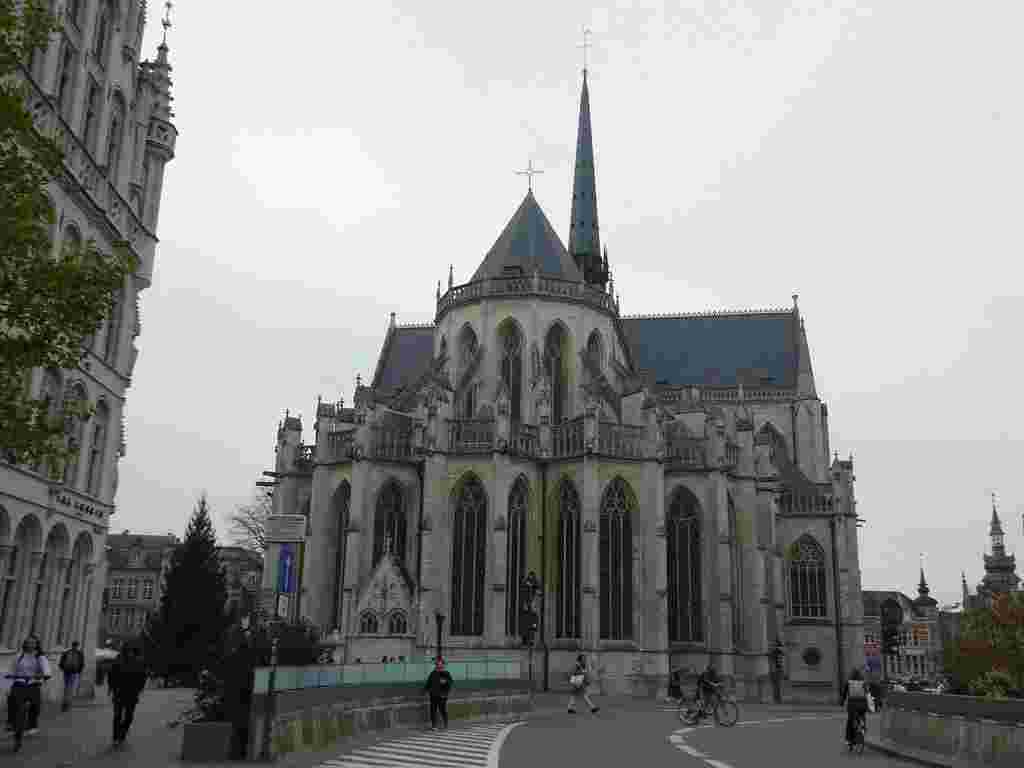
Next, we explored St. Peter’s Church, the main section having been recently restored (admission free). The church is a classic example of Late Gothic architecture but its towers were never completed due to an unstable subsoil.
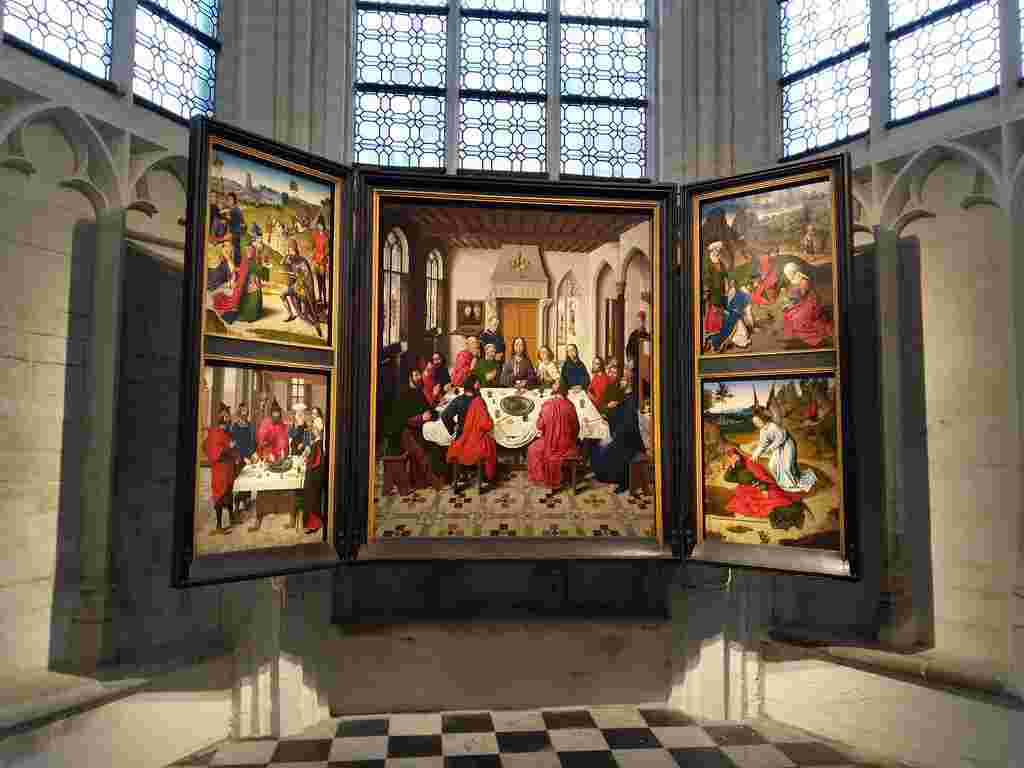
Inside are some fine artworks, notably The Last Supper by Dieric Bouts (1410-1475) which is still located in the chapel where it was originally placed 600 years ago. He was one of the Flemish Primitives and a renowned Leuven artist.
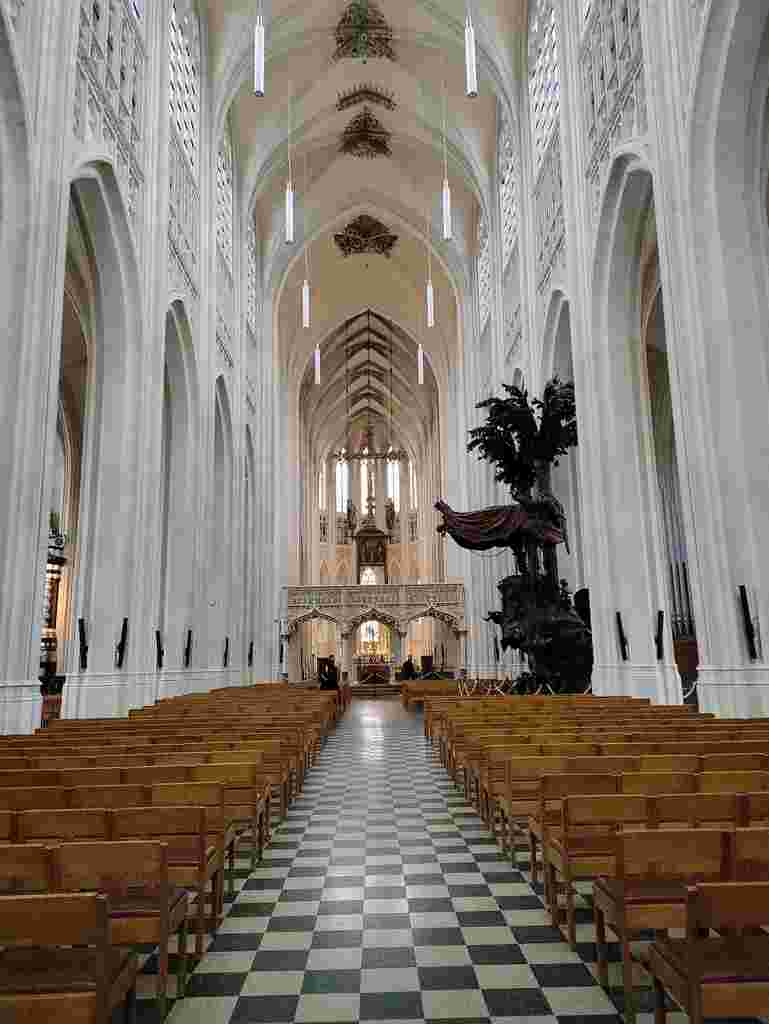
Also of interest is the elaborate oak pulpit dominating the nave and carved with a life sized representation of St. Norbert of Xanten falling from a horse. Both the church and belfry received UNESCO World Heritage status in 1999.
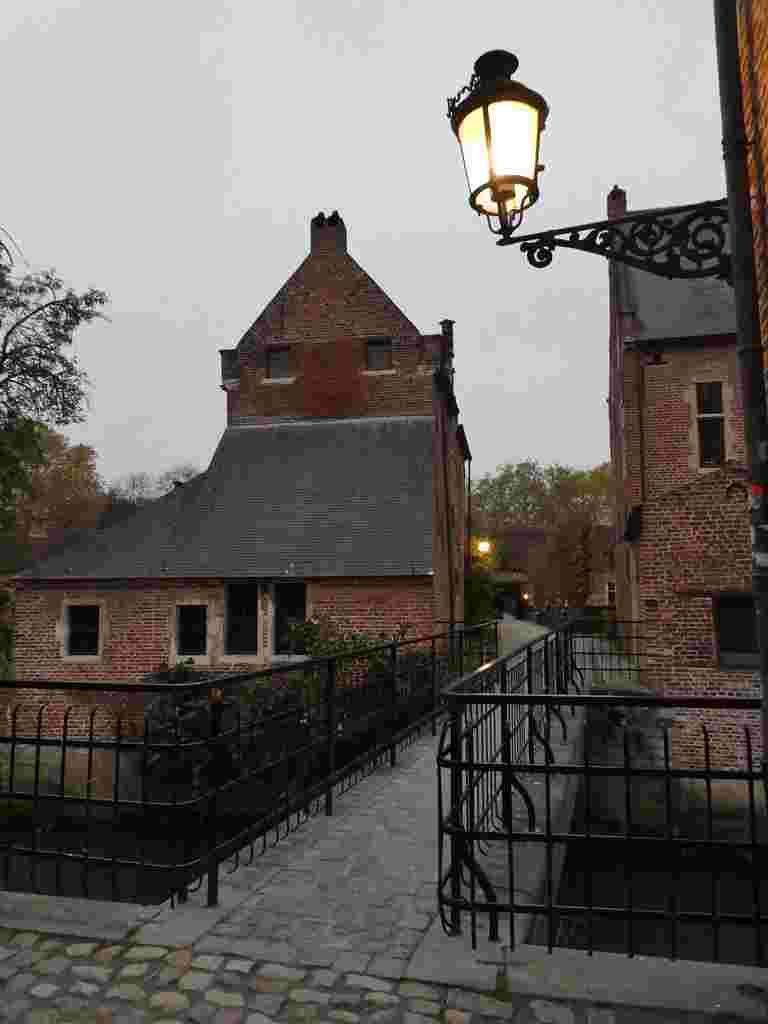
Continuing, we moved on to the Great Beguinage, lying to the south of the centre. This walled, medieval village is also a UNESCO World Heritage site. Beguinages date back to the 12th century and were created to house religious women who lived in enclosed communities.
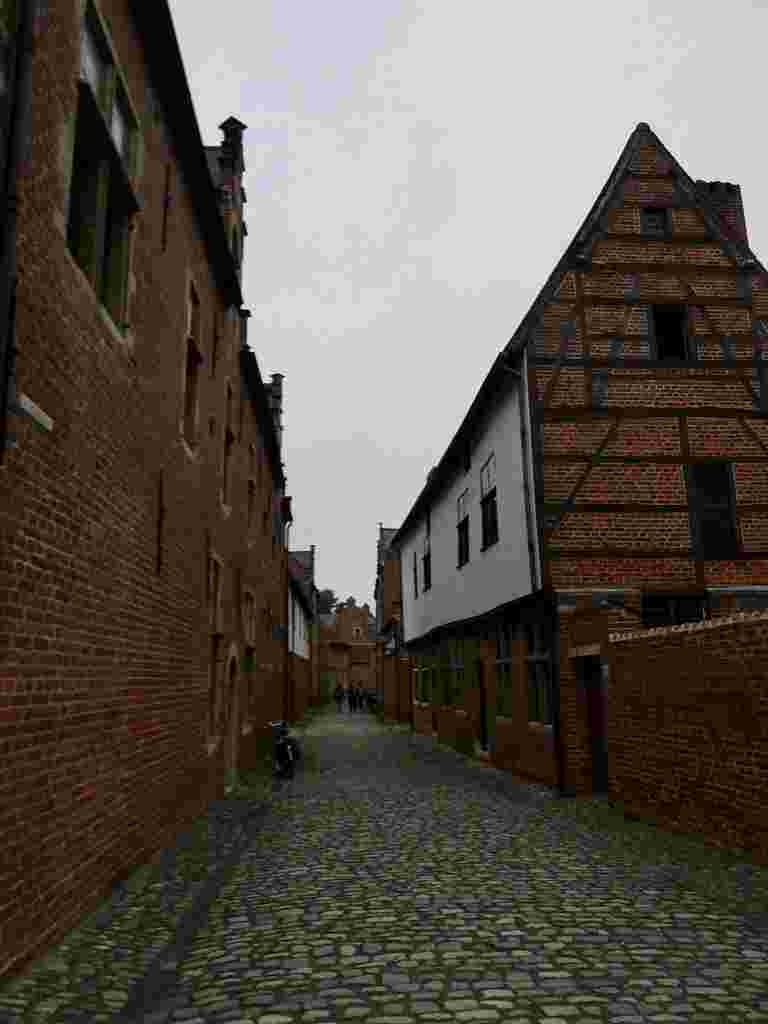
This is one of 13 sites of its type in Belgium and consists of houses, churches and green spaces with their sandstone buildings looking particularly beautiful in the fading daylight. The beguinage is now owned by the university and utilised as student accommodation.
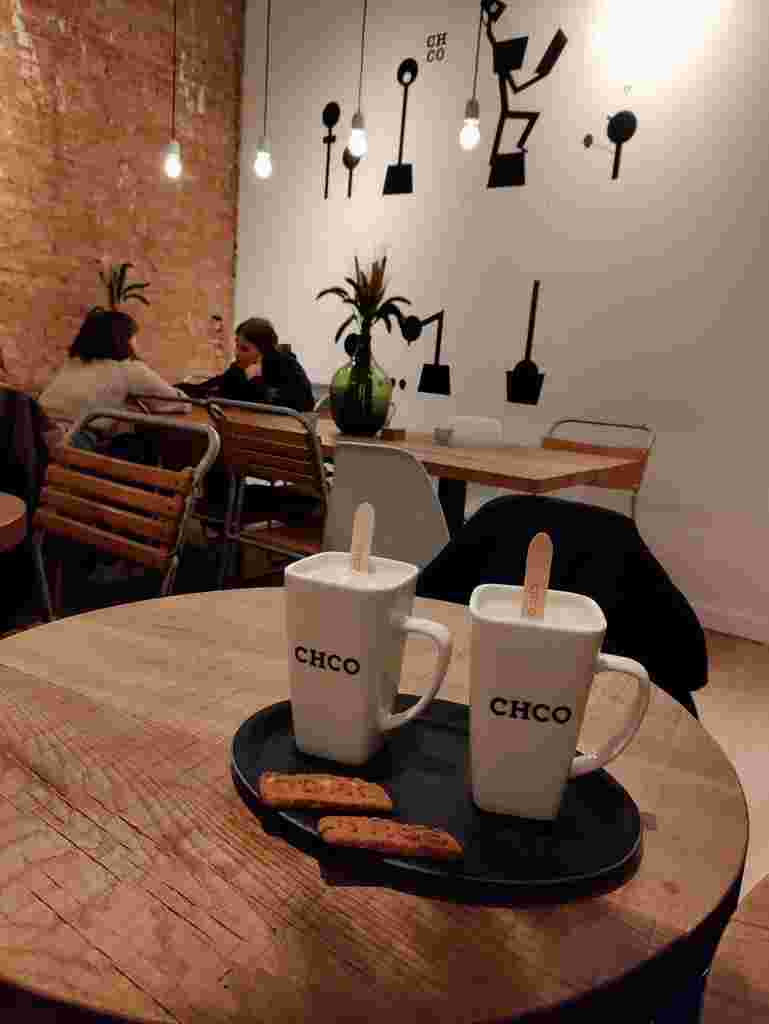
Leaving there, we popped into the CHCO Coffee Company to warm up with mugs of their hot chocolate. With 16 flavours to choose from, we were spoilt for choice but finally settled on their 70% dark chocolate which we stirred into the hot milk and which tasted smooth and delicious.
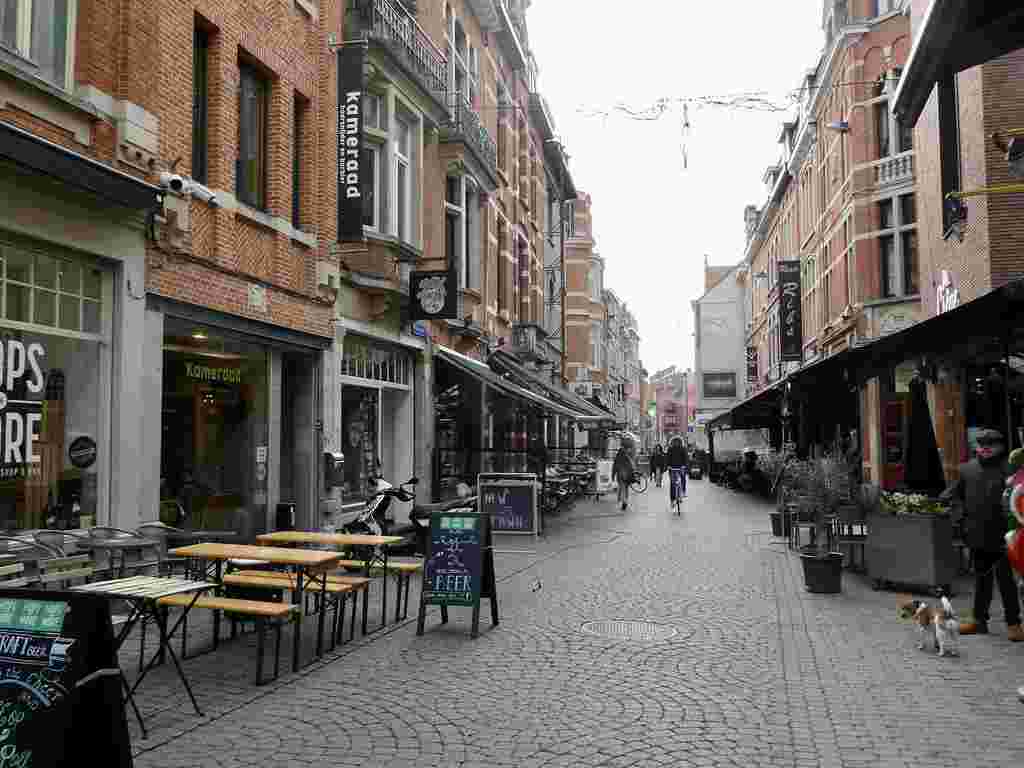
There was then time to explore some of the cobbled streets of the city centre lined with attractive shops, bars and restaurants before heading to dinner at De Hoorn a restaurant located in the city’s former Stella Artois brewery.

We weren’t able to participate in a brewery tour as these only take place on Saturday afternoons so instead enjoyed a meal in the relaxed atmosphere of its urban chic designed restaurant.
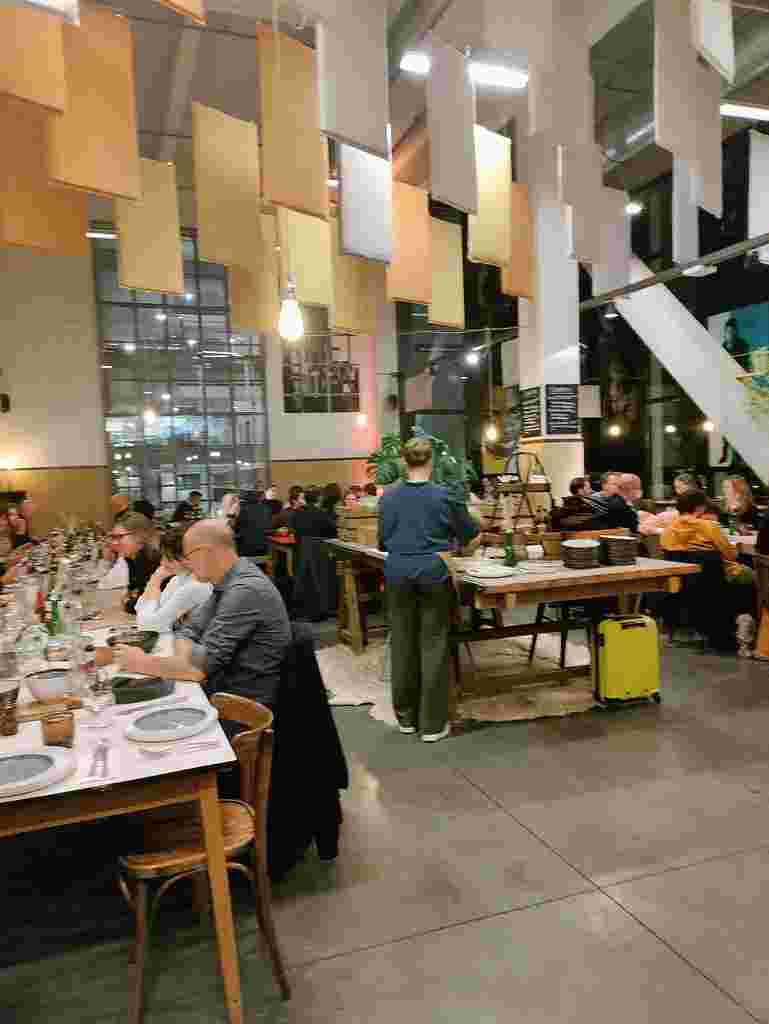
We ordered starters of fried whiting and rilettes of trout and were surprised at how large the portions were as we hadn’t realised they were actually sharing plates. For our mains we tucked into a Flemish stew and steak tartare with salad and fries.
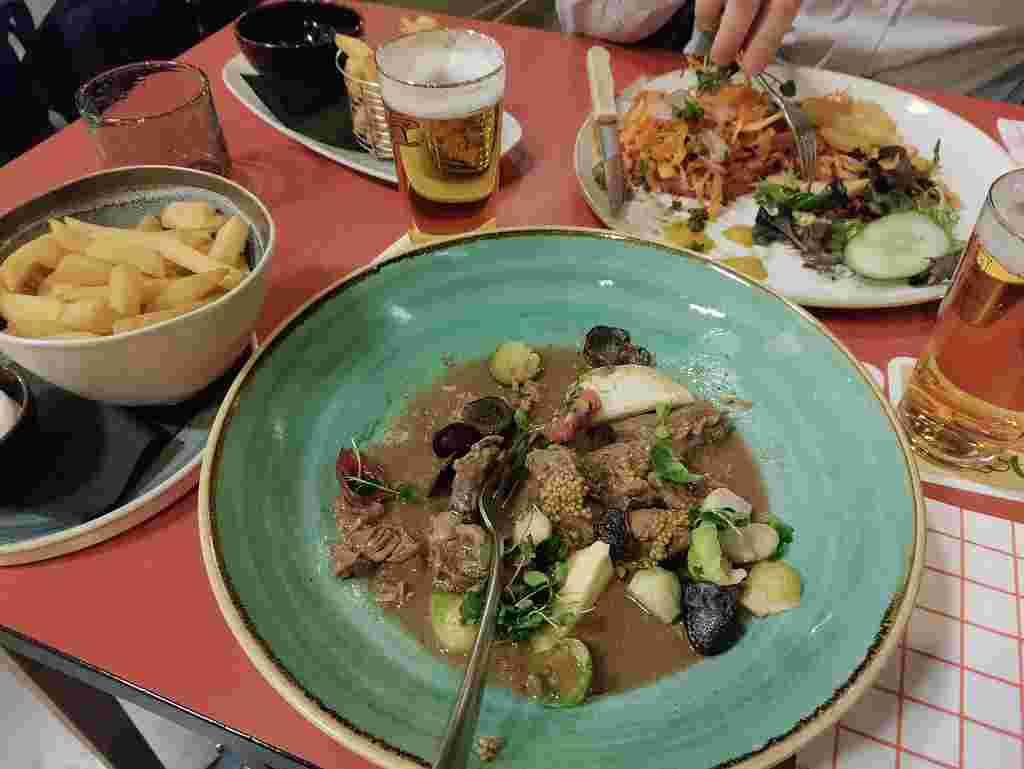
Dining in the former brewery we felt duty bound to accompany our meal with glasses of the locally brewed Stella Artois which hit the spot nicely.
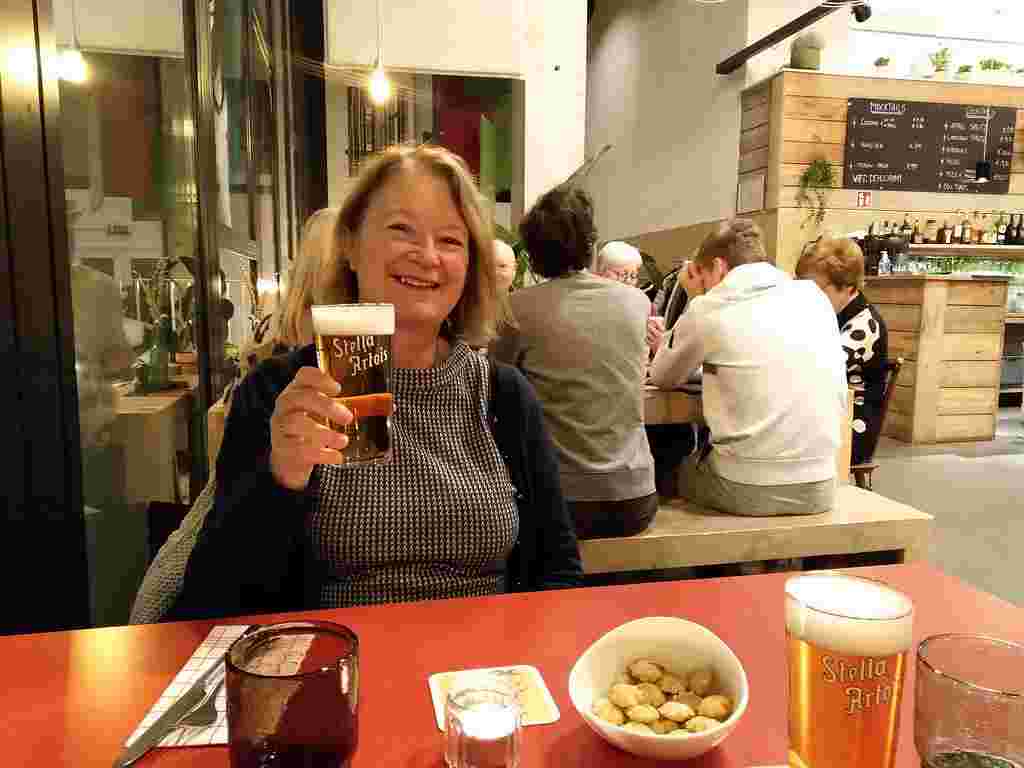
The restaurant is located in the Vaartkom district which was once a dilapidated industrial area close to the canal but has since been transformed into a trendy neighbourhood just a 20 minute walk from the city centre.
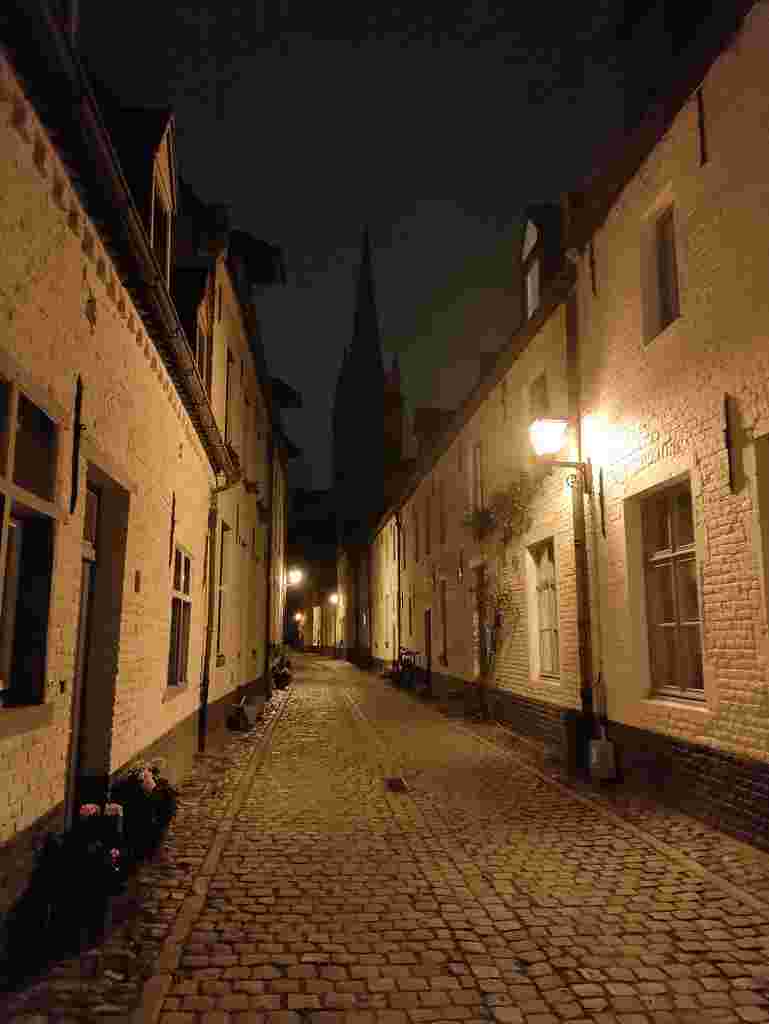
On our way back to the hotel we wandered through the Small Beguinage comprising one street and two alleyways of 30 white buildings that once served St. Gertrude’s abbey which looked very charismatic in the moonlight.
Day 2
We started the day with a 25 minute walk to Park Abbey, one of the best preserved monasteries in Belgium. Set in large grounds with a church, watermill, pond and walled garden, it has remained relatively unchanged since the 17th century.
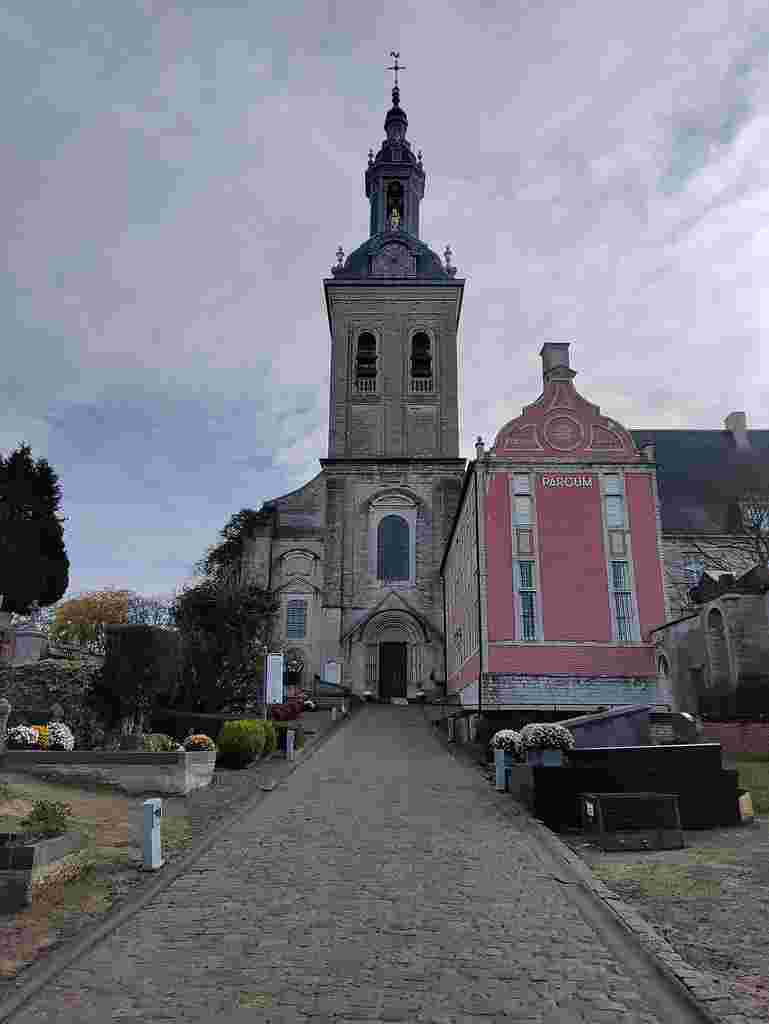
Our first stop was to Parcum, a museum containing an extensive collection of religious art housed in a grand building (standard admission €12). We followed a self-guided audio tour around the cloisters, refectory and beautiful library complete with stucco ceiling.
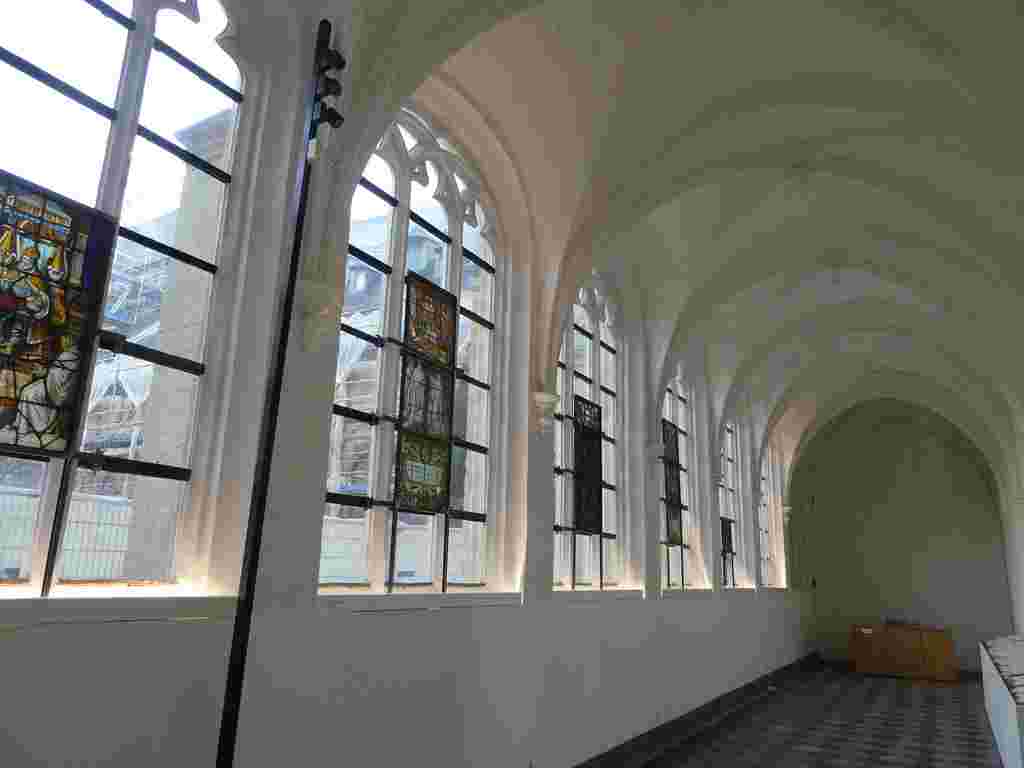
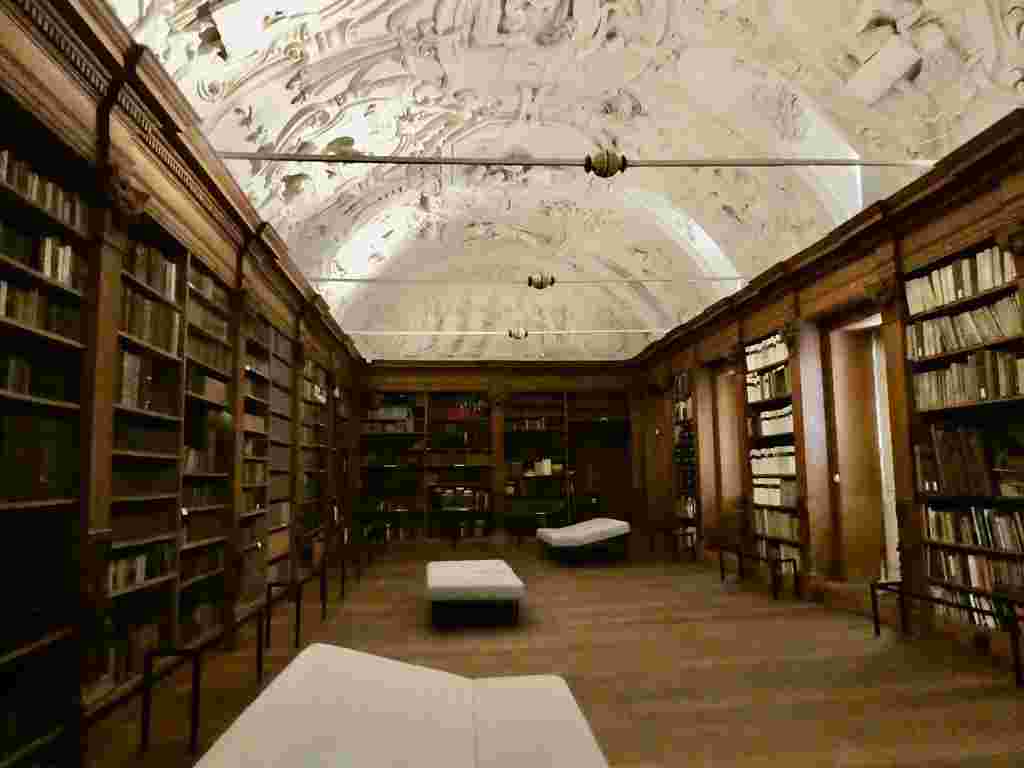
We were then able to look inside the adjoining Abbey which is also beautiful. Please note that the Abbey is only open to visitors at certain times so if you are wishing to look inside please check beforehand.
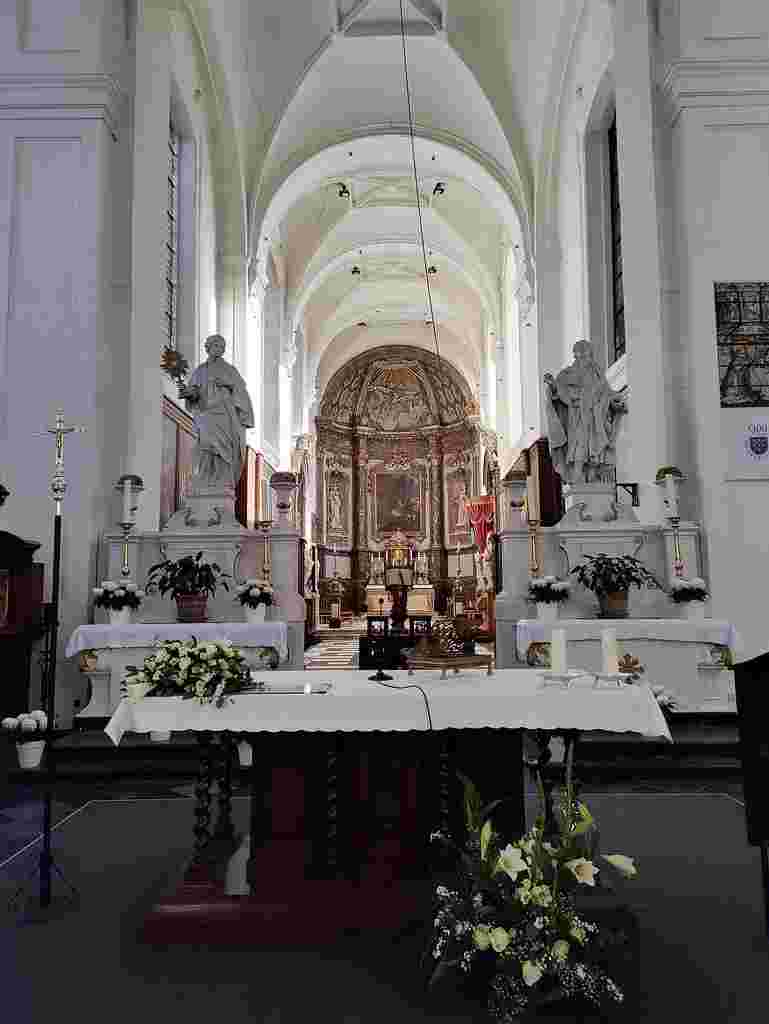
Leaving there, it was just a 15 minute walk to the Botanical Garden, the oldest in Belgium (admission free).
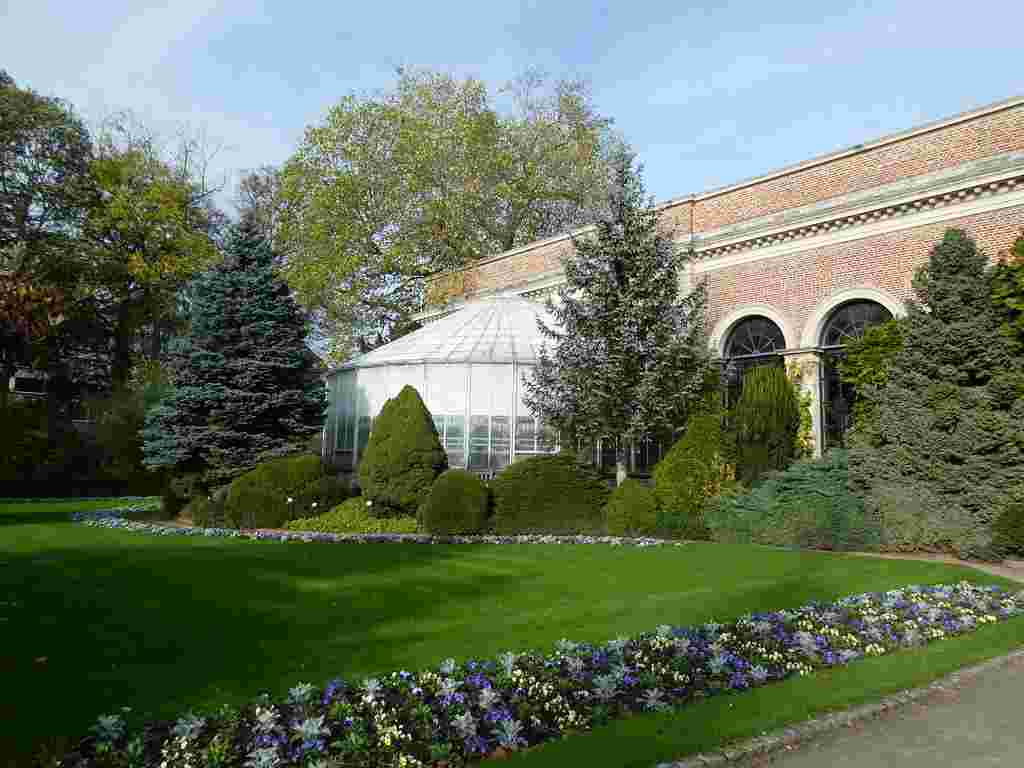
The garden was created for the use of the University’s medical students in 1738 and includes several large glasshouses and an orangery containing medicinal and tropical plants.
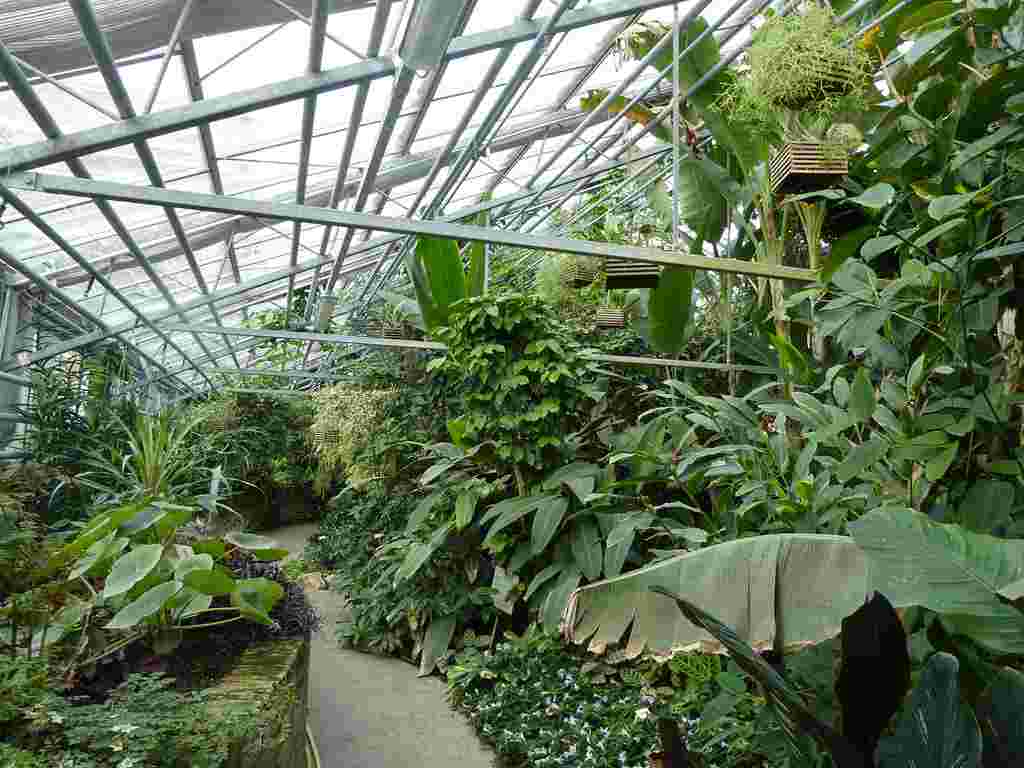
I was pleasantly surprised to see how colourful and well tendered the gardens were during the winter.
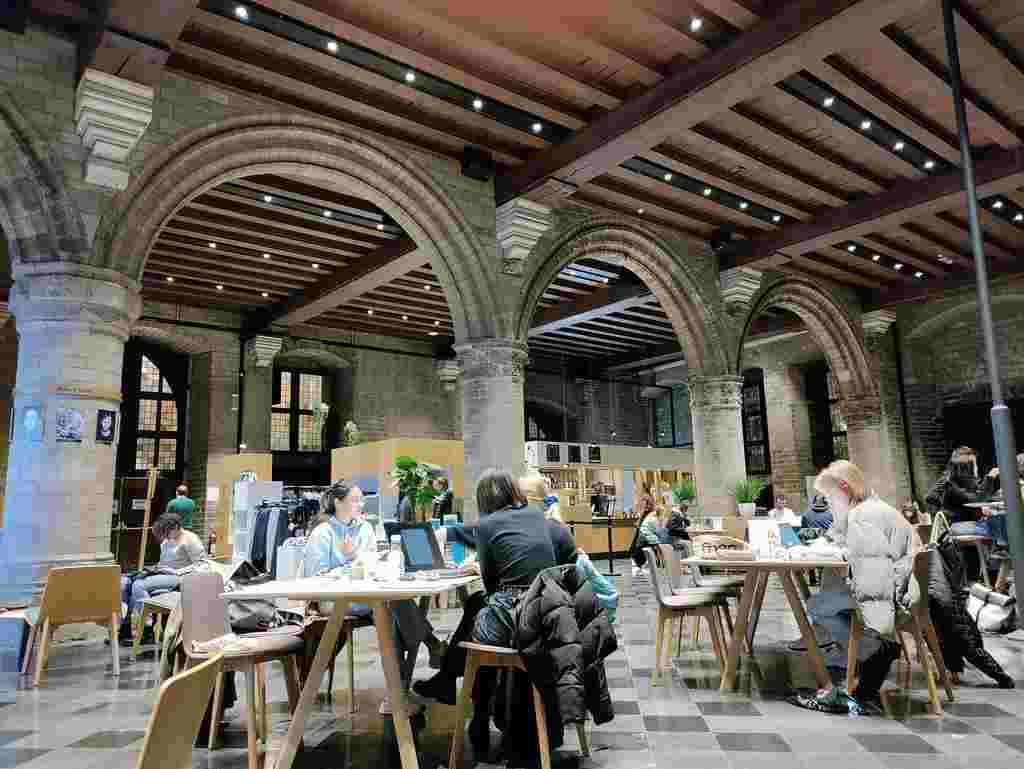
We were then ready for a light snack so headed to KUp KU Leuven, part of the historic KU University and open to visitors. The cafe is located in the former medieval Cloth Hall and is a lovely place to sit and relax (open Monday-Friday only).
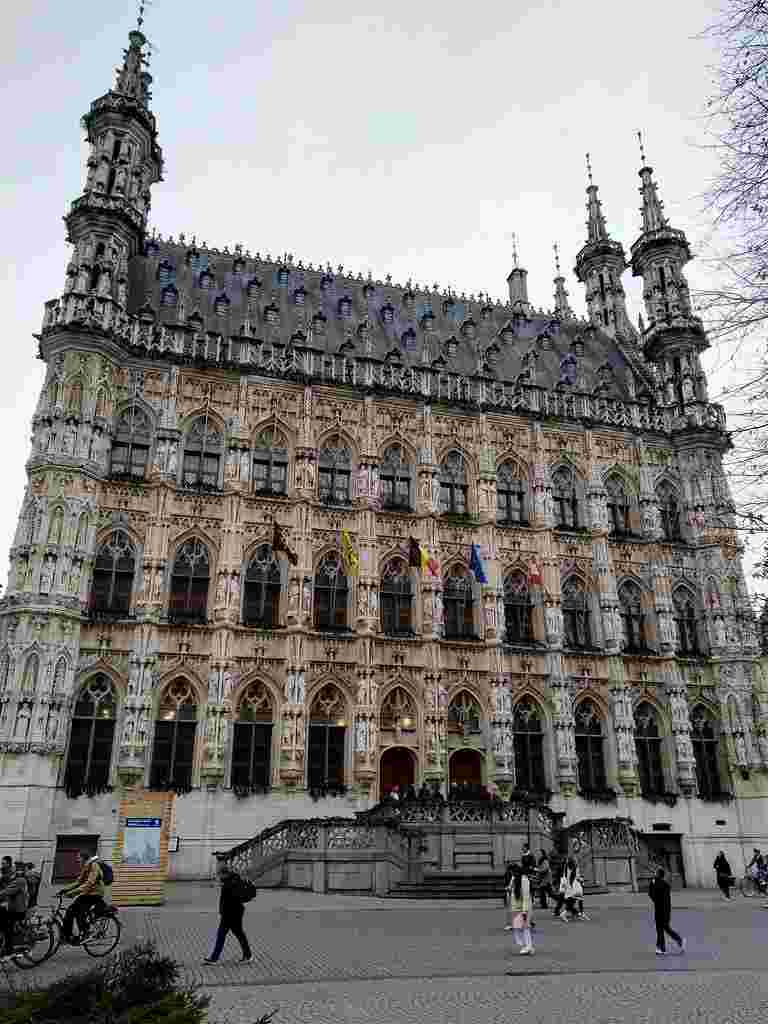
Feeling rested, we made our way to the Grote Markt to join the 3.00 p.m. guided tour of the Town Hall (tours €4). This is one of the most beautiful Gothic town halls anywhere in the world.
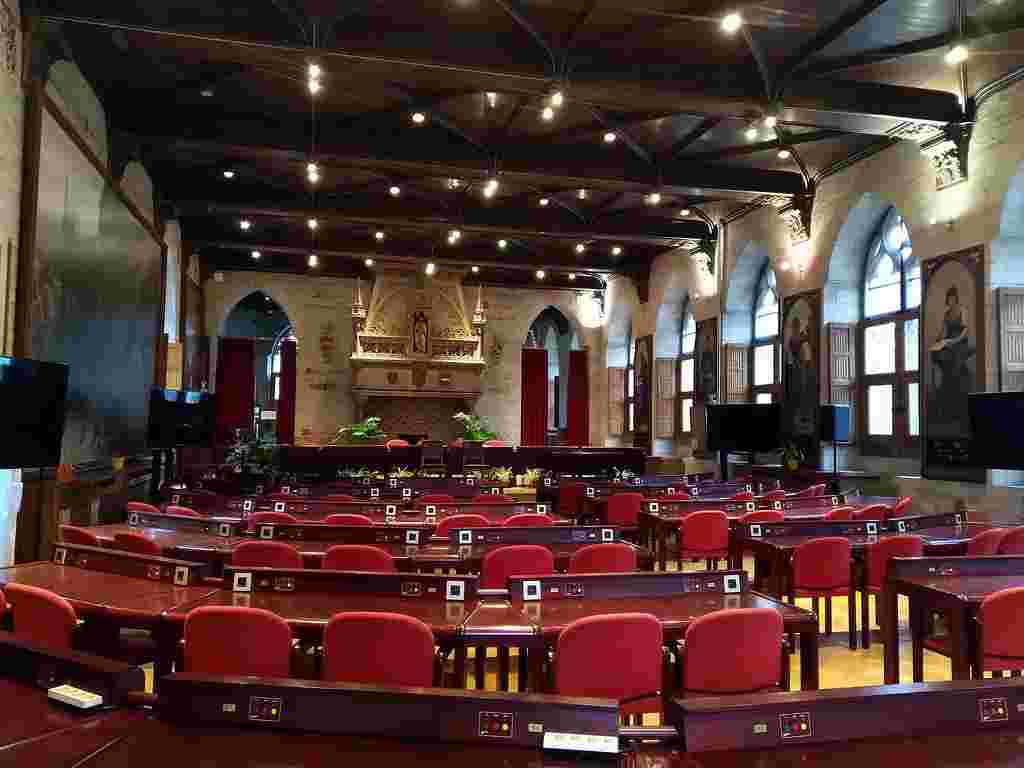
We learnt that it took 3 architects 30 years to construct the majestic building which was completed in 1459. The façade is adorned with 255 intricate statues but these were a later addition and not added until 1850.
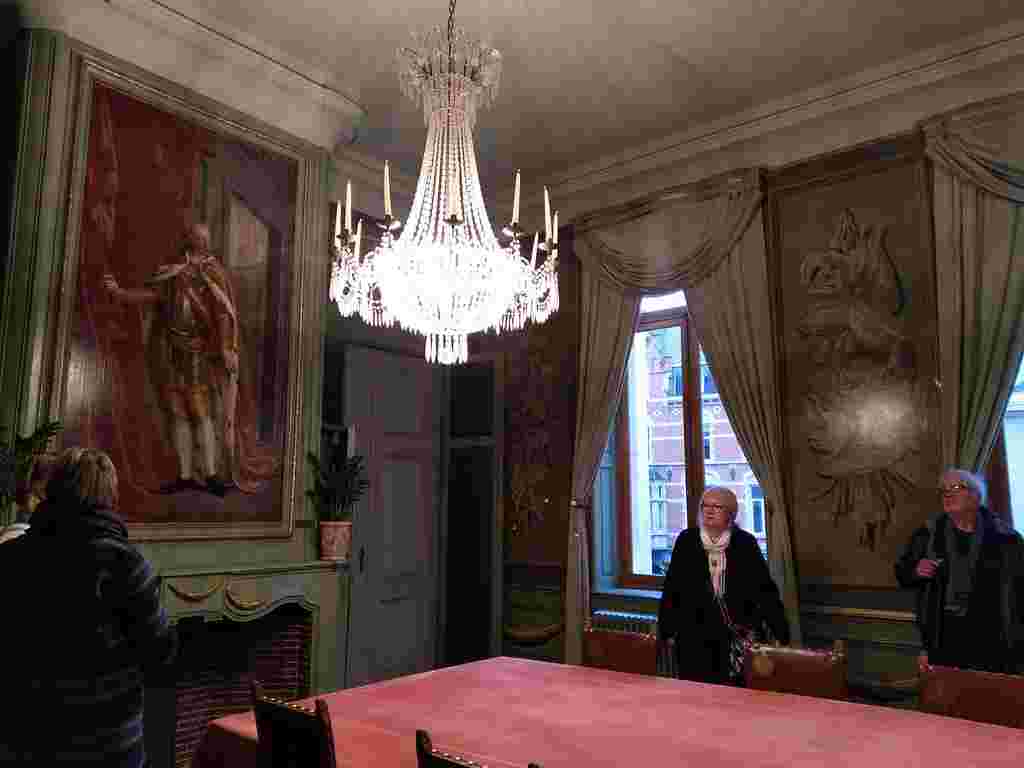
Our guided tour explored the history behind the biblical sculptures and led us into several of the rooms including the Great Hall and Council Chamber. Tours are conducted in two languages including English and are highly recommended.
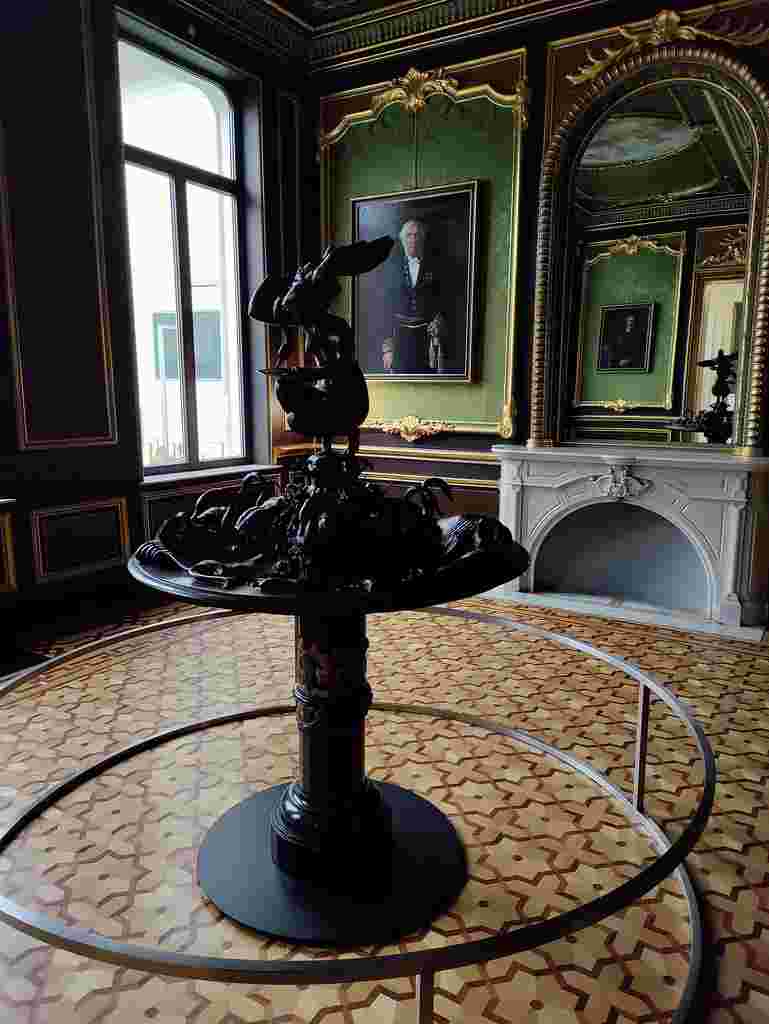
From there, it was just a short walk to M Leuven, the city’s art gallery. In addition to its historical collection, there are temporary exhibitions featuring old masters and contemporary artists.
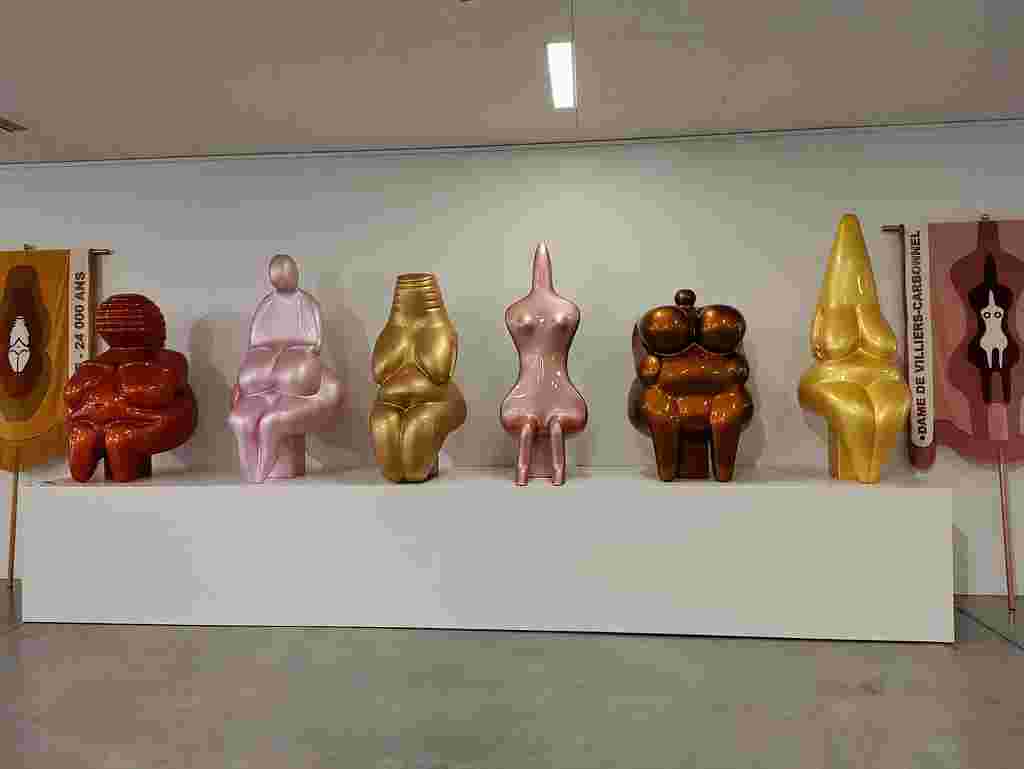
The permanent collection focuses on the late Gothic period with 15th and early 16th century art work and 19th century works by renowned local artists.
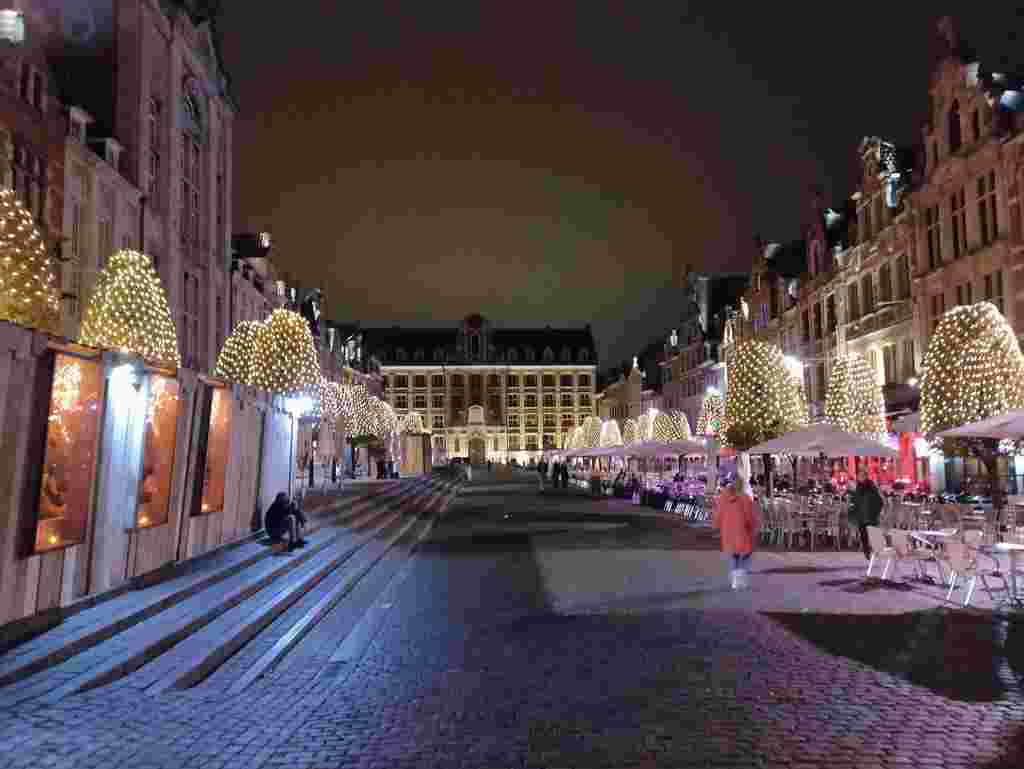
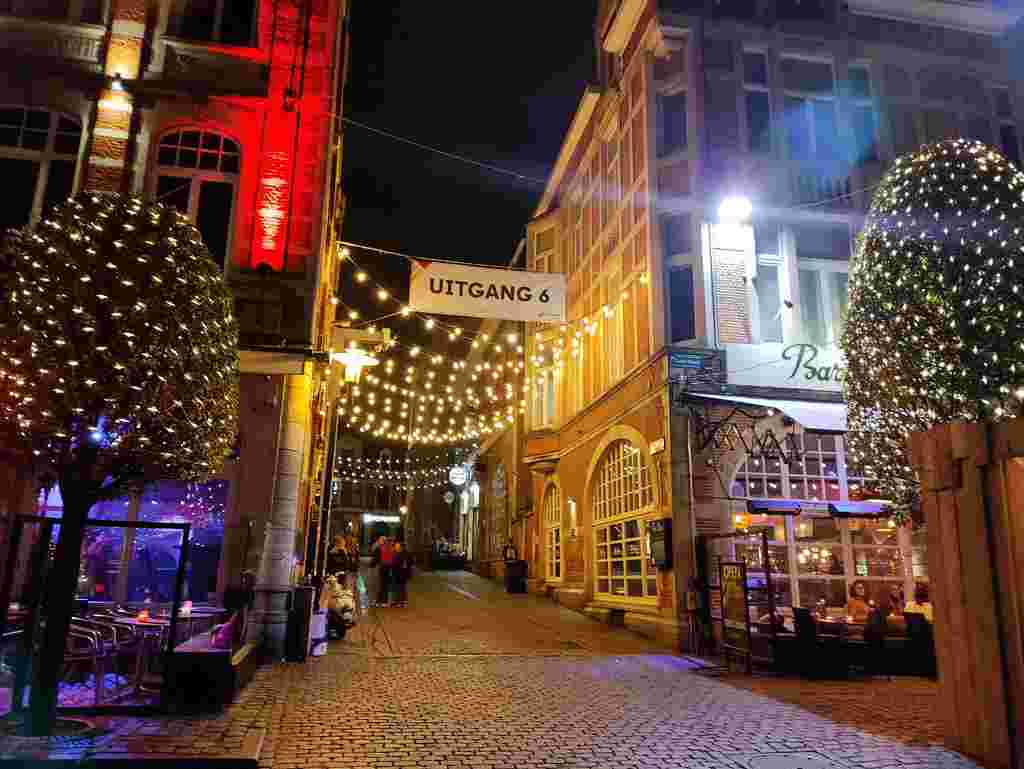
We followed up our visit to the gallery with a drink in one of the many bars in the Oude Markt, the so-called longest counter in Europe. It’s a vibrant square lined with pubs and bars popular with locals, tourists and the city’s large number of students. It was then on to the University Library where we were heading next.
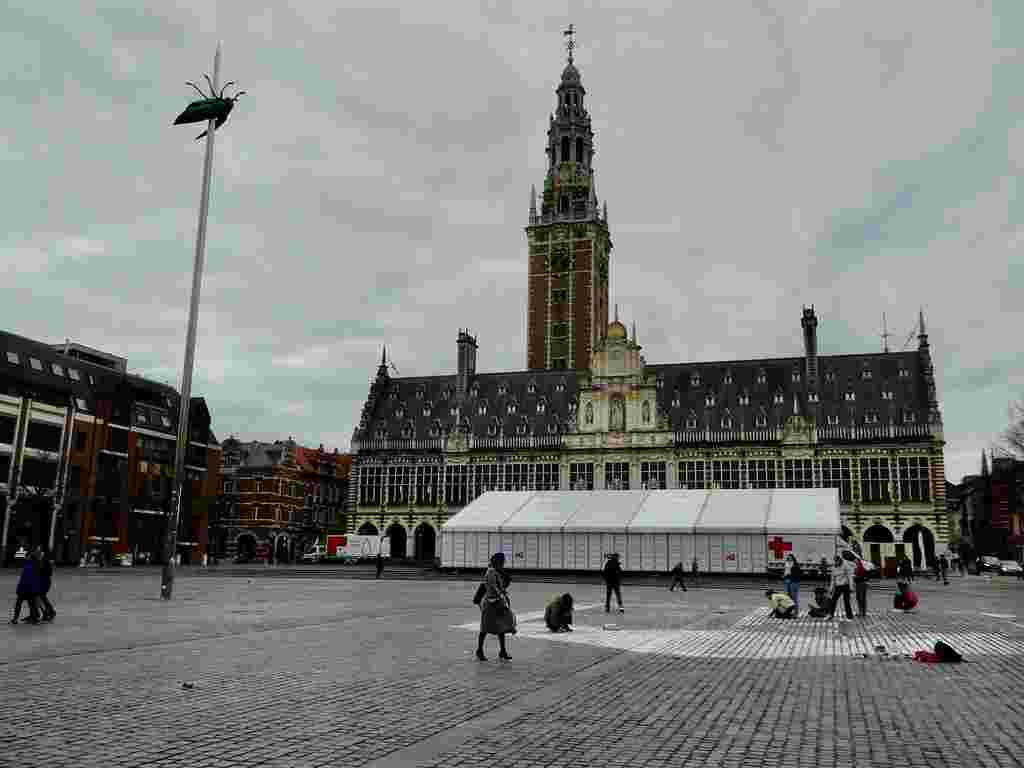
Every Tuesday evening and Wednesday lunchtime live carillon concerts take place up in the library tower (€5). We gathered by the entrance and when the carillonneur arrived he took us for a glimpse into the library’s stunning wood panelled reading room before guiding us up the five floors of the library tower. On each level we paused to view photo exhibitions covering the five significant periods of the library’s turbulent history and viewed the tower’s bells.
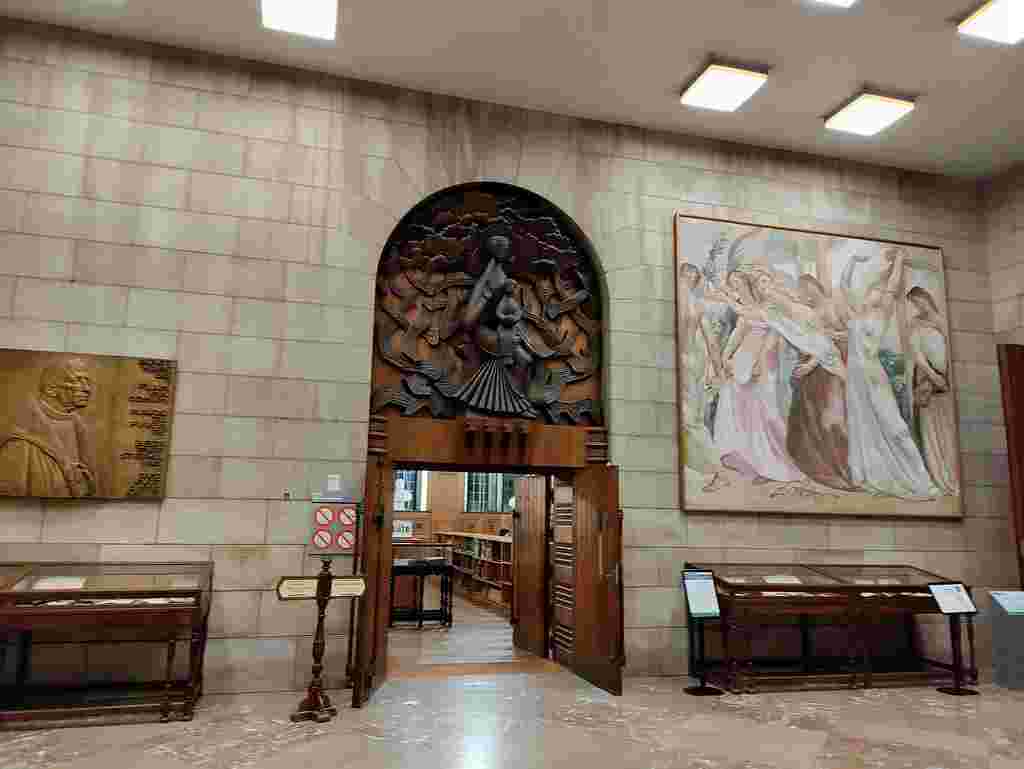
Positioned above the 5th floor is an external balcony where we enjoyed panoramic views across the city skyline. There was then just one narrow staircase to navigate before reaching the library’s carillon.

The tower is home to one of Europe’s largest and finest carillons consisting of 63 bells weighing 35 metric tonnes. Seated on wooden benches surrounding the instrument we spent the next 45 minutes enthralled by the melodic sounds of the carillon played by the talented carillonneur Marc Van Eyck.
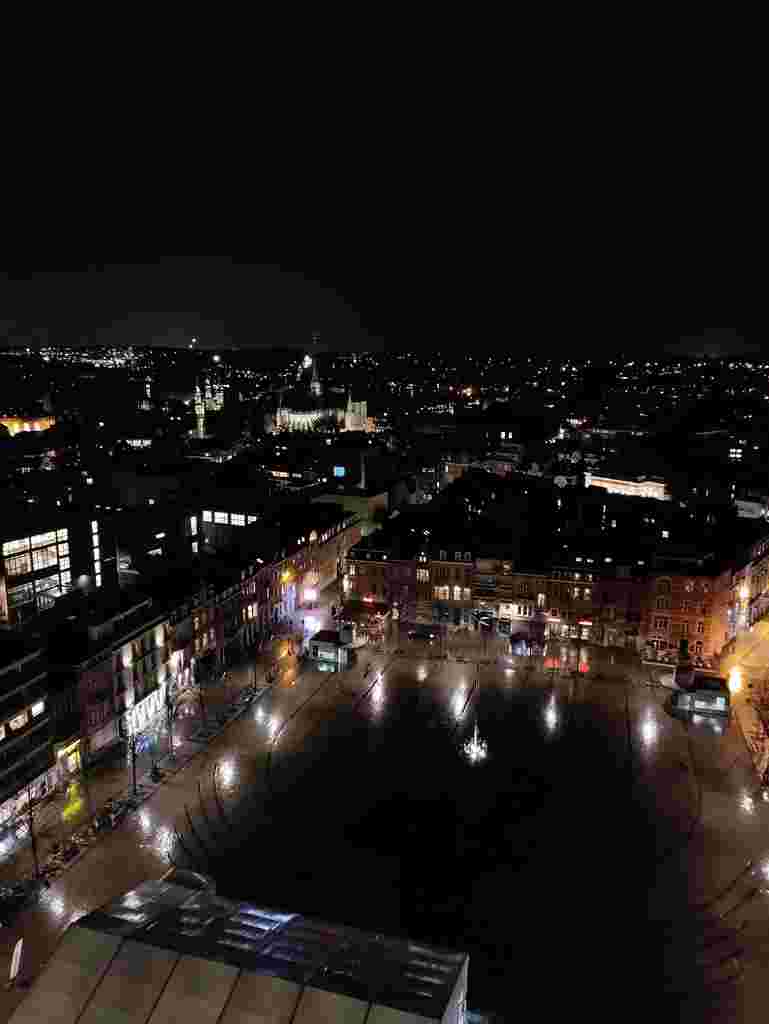
From classical music to tunes reflecting the nationalities of those present including national anthems of the Ukraine and Romania, Flower of Scotland and You’ll Never Walk Alone, it was one of the most memorable concerts I’ve attended. A definite ‘must do’ if your visit to Leuven coincides with one of the concerts taking place.
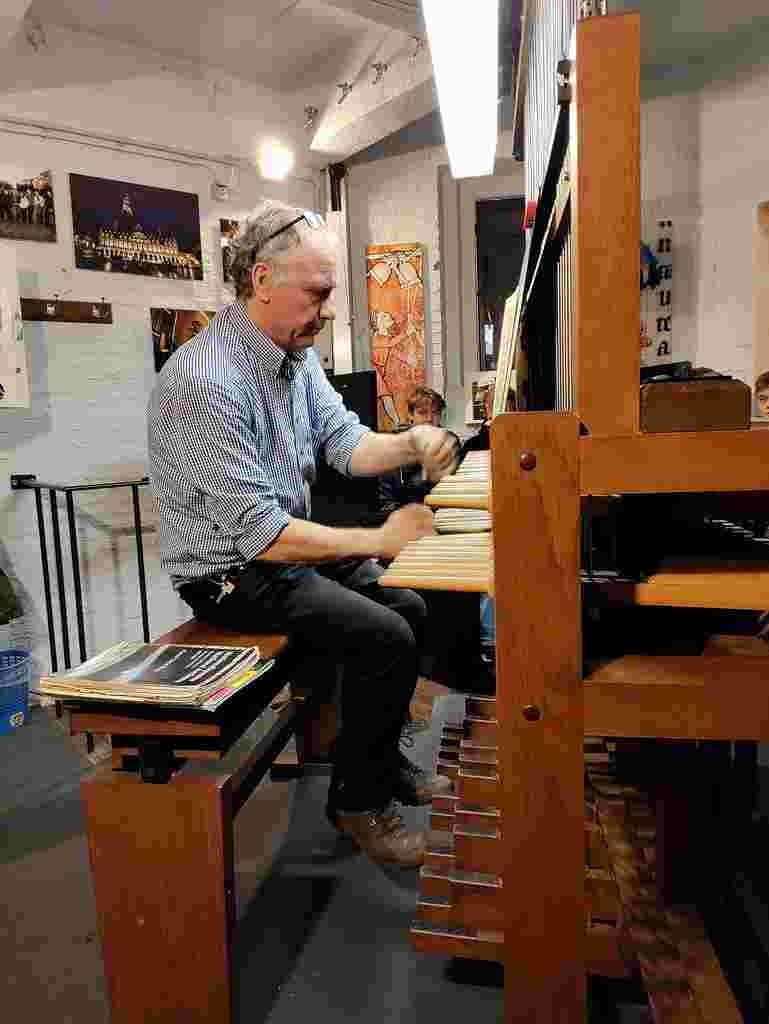
To conclude our final day in Leuven we enjoyed a delicious meal at Restaurant Gloria in the old cigar factory of Vander Elst where Gloria cigars were once rolled.
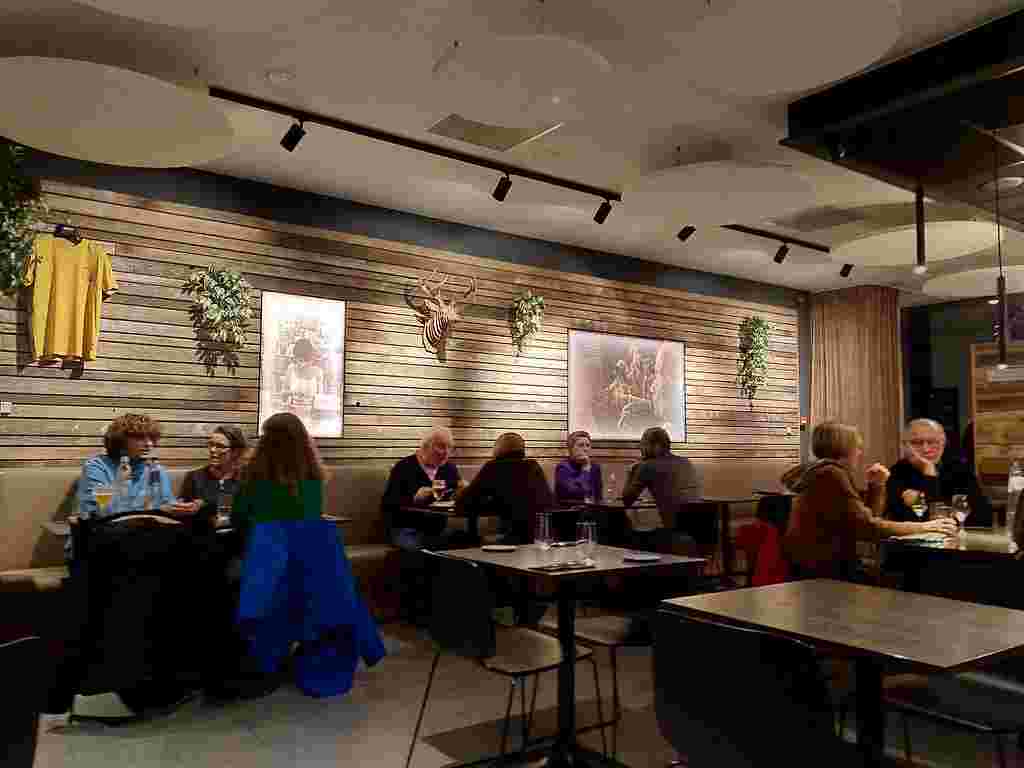
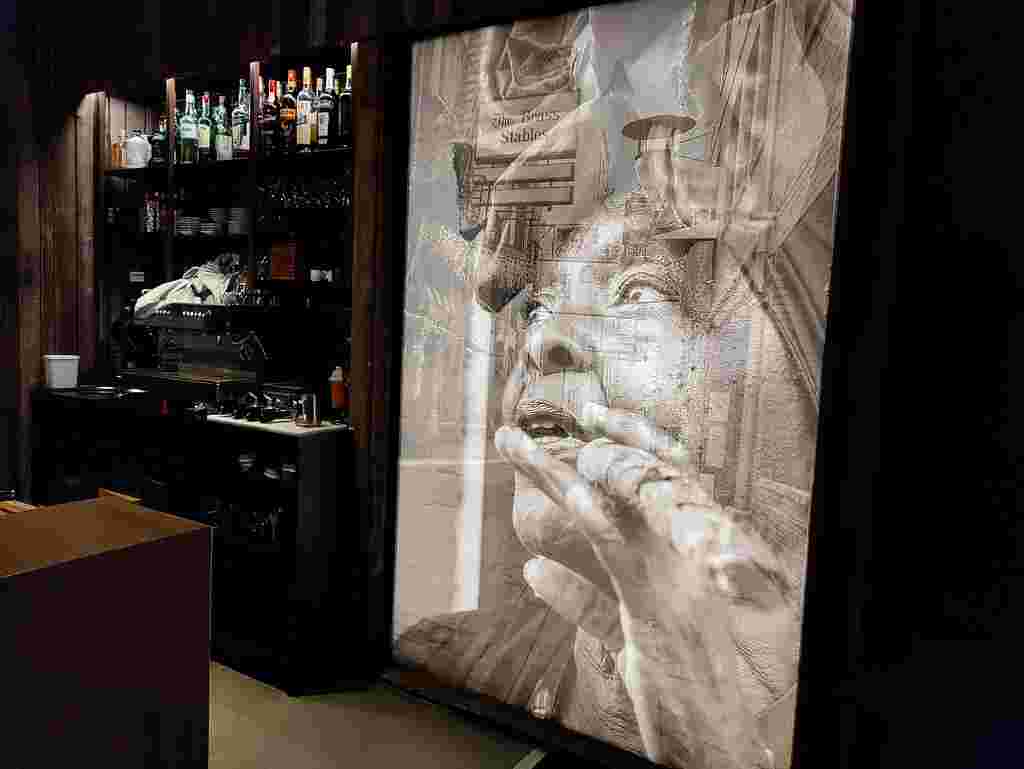
The restaurant is tastefully furnished and from our comfortable window table we selected local specialities of Flemish stews and Chicken vol-au-vent which were both very flavoursome and accompanied by side salads and unlimited fries. To round off our meal our chosen desserts of crème brûlée and chocolate brownie with whipped cream were both irresistible.

The next morning it was time to say cheerio to Leuven, leaving with a smile on our faces after two wonderful days exploring this beautiful Flanders art city.
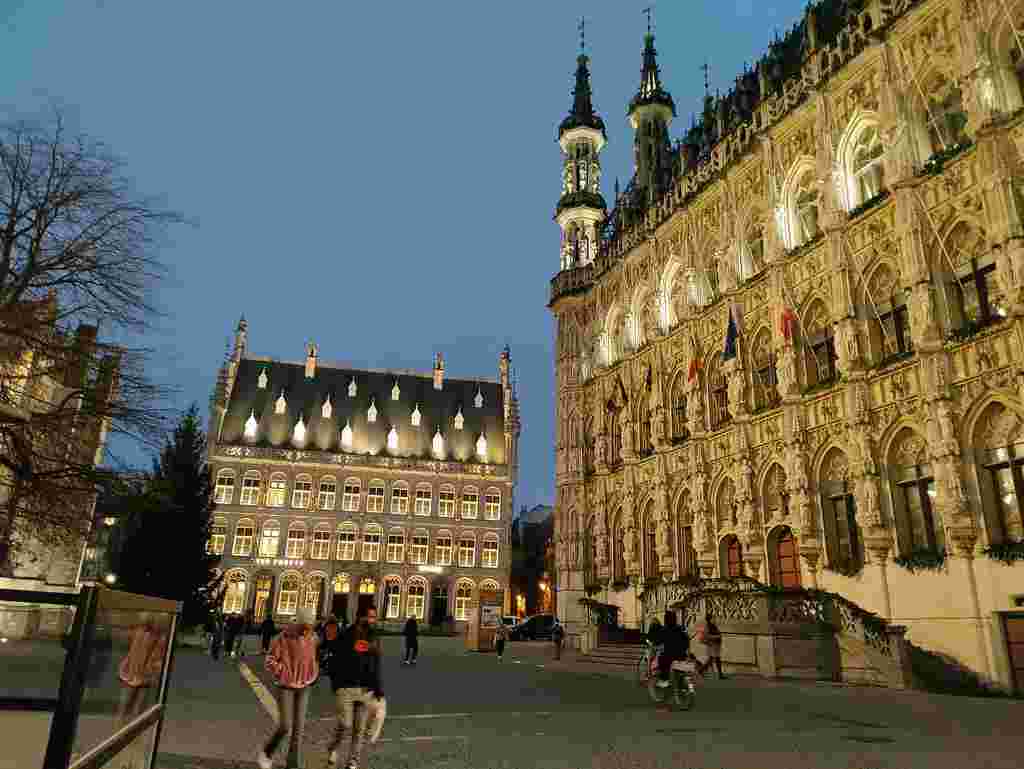
During our visit we were guests of Visit Leuven and as always, all views and opinions are entirely my own.
If you have enjoyed reading this post you may also like:
Exploring Keukenhof Gardens & Vondelpark, Amsterdam
Zuiderzee Open Air Museum & Volendam, The Netherlands
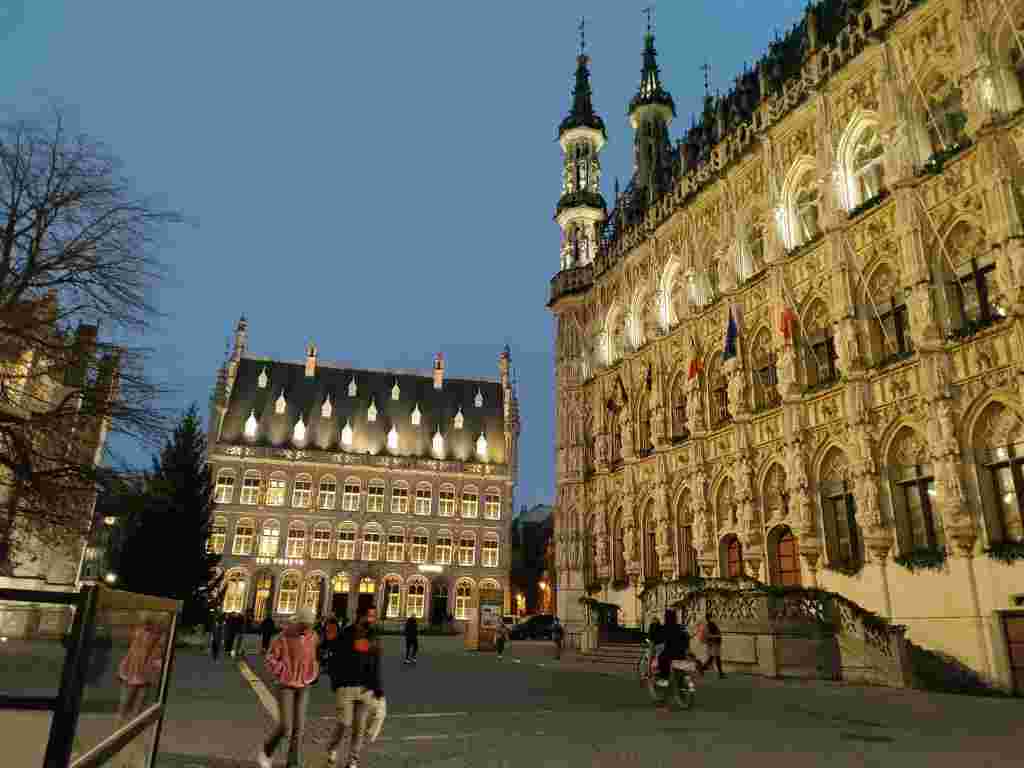

Leave a comment